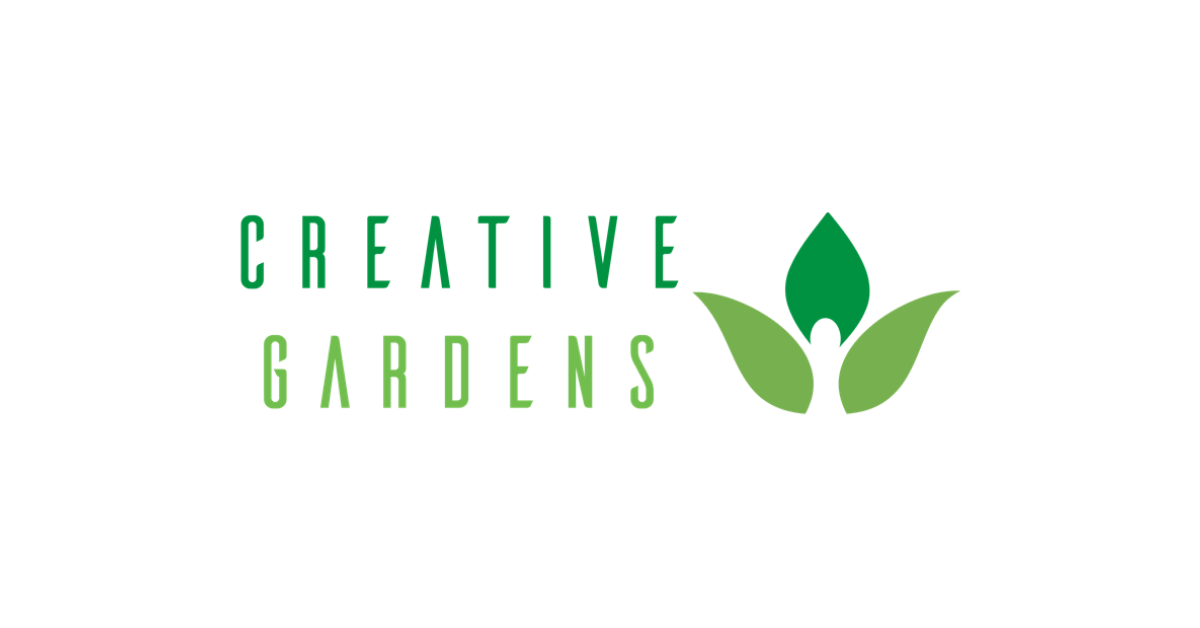Allowing Teachers To Be Their Authentic Selves.
Mr. Travis working with a student in our GAP Program.
Teaching is hard.
Yeah, I said it. Teaching is one of the hardest occupations you can have. It’s hard enough to manage 10, 15, 20, 30 students, let alone also having to ensure that all of your parent community is happy and feels that their child is progressing forward. Every success is for the child, and every failure is your fault. It’s hard to say the least.
Teaching is a calling. Any good teacher would tell you that. Most of us knew from a young age that we were meant to lead and inspire others. Most of us also went into it with a deep passion and love of learning and inspiring others.
Because teacher burnout is a very real thing that I have experienced myself and observed others navigate, we take care in how we can provide a welcoming, engaging, exciting, and loving environment for our teachers at Creative Gardens. Little things such as snacks, a comfortable and private staff lounge, rotating letting the team go an hour early, and randomly sent texts to the team reminding them how important they are, are great ways to keep a teacher going even through hard times.
This isn’t rocket science. Treat your team well, and they will perform well. We do, and they do. There is one thing however that I think we have realized here that many other schools have not.
Let your teachers be their authentic selves.
In schools, both private and public, teachers for the most part are given the content in which to be taught, told how to teach it, and told how to quantify the success of their children through standardized tests. This means that most teachers that go to school for education, are excited about inspiring and enriching the lives of students, that are full of ideas to deploy in their classrooms, are simply asked to be robots that deliver messages and content from their superiors, and ensure they do well on standardized tests.
We do exactly to our teachers, what we do to our students. We squash their intrinsic motivation to learn and grow. We ask them to learn in one way, and quantify success in one way. Ultimately with science and data-supported research showing that each brain develops differently and that humans all learn in different ways, we are simply going through the motions in all aspects of education. This is deeply saddening.
At Creative Gardens we take a broad approach to learning. We base our curriculum around Virginia’s Early Foundation Blocks. This is WHAT we need to know. HOW we get there can be left broad to allow for teachers to learn who their students are and teach to their learning style. We support our learning with evidence to ensure that both teacher and parent understand what the child knows and how they got there.
Because we teach in this way, we allow our educators to teach in the same philosophy. Their curriculum is each student’s success, how they achieve that success should be left up to them. This allows the educator to be their authentic selves in the classroom, to teach their children however they need to, to motivate, excite and activate each child’s full potential.
Children are smart. Smarter than we could ever imagine. They know when a teacher is, “calling it in.” They know when a teacher has lost their love. They also know when a teacher is teaching a concept or moral value when they don’t believe in or share that moral value. This is why it is so important that our teachers “practice what they preach.” This creates a deeply authentic and meaningful learning environment for students.
In allowing our teachers to be their authentic selves. We in turn are teaching are students to be the same thing. We no longer need followers in the world. We need innovative leaders. At Creative Gardens, we want to help to foster these values in our learners, both students and teacher alike.

